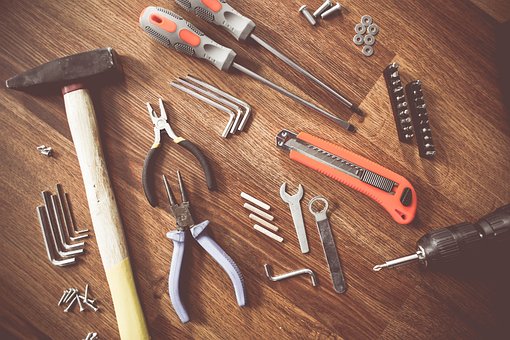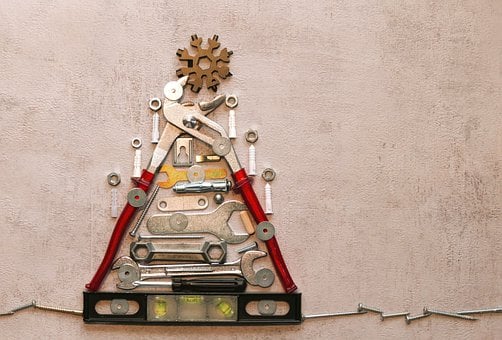
 Loading... Please wait...
Loading... Please wait...Save Money. Grow Your Own!
Fast Plain Box Shipping.
We ship to the US & Canada.
Posted on 29th Mar 2023
If you're looking to tackle a project that involves working with concrete, ensuring you have all the tools for success is essential. Concrete is one of the most potent and versatile materials for construction, landscaping, and other projects. Still, without the correct tools, it can be difficult – if not impossible – to get your desired results. To help make things easier, this article has put together a list of essential tools you need when working with concrete so that you'll have everything you need to get started, no matter your project. Read on.

When working with concrete, it's essential to have the right tools. One of these is a concrete scraper. It's designed to remove a concrete surface's top layer, making it easier to manipulate with other tools. It can also help clean off hardened material on the concrete's surface. A concrete scraper is an excellent addition to your toolkit when handling this type of material, as it will help you get the job done quickly and more effectively. Fortunately, there are concrete scrapers for sale at a very reasonable price, making them accessible to anyone that needs one. With its powerful scraping force, no concrete job should be undertaken without one at your side.
Trowels are essential to get the concrete's surface nice and smooth after pouring it. They provide a finesse to the piece, as they scrape off excess material while providing an even finish. Not only will trowels be used after pouring, but they can help during the process too when it comes to leveling. They may come in different thicknesses, but having multiple sizes on hand is advised to create seamless transitions when working with larger projects. Smaller sizes of trowels work best for those intricate, detailed designs because of their precision. However big or small your concrete project is, having a trusty set of trowels is vital to achieving optimal results.
Whether tiling a bathroom floor, pouring a driveway, or putting together a patio set, having the right level is essential. Levels keep surfaces even, which is especially important when working with concrete. It's not just the aesthetics that matter—you need the concrete even to be structurally sound and durable. When choosing a level, ensure it's the right size for your project. A standard 2-foot level should be sufficient for smaller projects, while larger jobs may require a 4- or even 8-foot level. Investing in a good-quality level will help make sure your work with concrete withstands the test of time.
The mixer plays an integral role in working with concrete – no matter how large or small the project is. A power mixer makes short work of big jobs, ensuring that your concrete gets the right consistency for pouring. Of course, even if you're tackling a smaller project, you don't have to sacrifice performance – hand mixers get the job done just as well, but on a smaller scale. For example, a portable hand mixer is perfect for mixing up a small concrete batch to fill gaps or level out spots. Whichever you choose, ensure it has enough power and capacity to handle the job. A suitable mixer will ensure your finished product looks as good as you imagined. When it comes to quality artistry with concrete, make sure you pick up both sizes of mixers!
For anyone working in concrete, a floating tool is essential to their toolkit. This simple yet powerful item helps remove air bubbles from the mixture when it is poured into the formwork. Utilizing a floating tool can reduce the appearance of air bubbles and give your final product a more professional finish. It also provides peace of mind knowing that minor imperfections can be quickly addressed before hardening. So, don't forget to include a floating tool in your concrete projects - you'll be glad you did.
Working with concrete requires specific safety precautions. Gloves, goggles, face shields, and protective clothing will ensure you're handling the material safely and securely. Not only are they protecting you from any debris or dust generated by working with concrete, but they can also prevent injury from an unexpected impact if you're using power tools. Adding safety gear is essential when working with concrete to guarantee a smooth and successful process.

Working with concrete can be intimidating, but following the right steps and having the proper tools will make your projects much more successful. Through research, practice, and utilizing the right tools, you can expand your skills to include working with concrete, opening up a world of new project possibilities. So if you're ready to take on the challenge, ensure you have all the necessary tools and get started. Good luck!